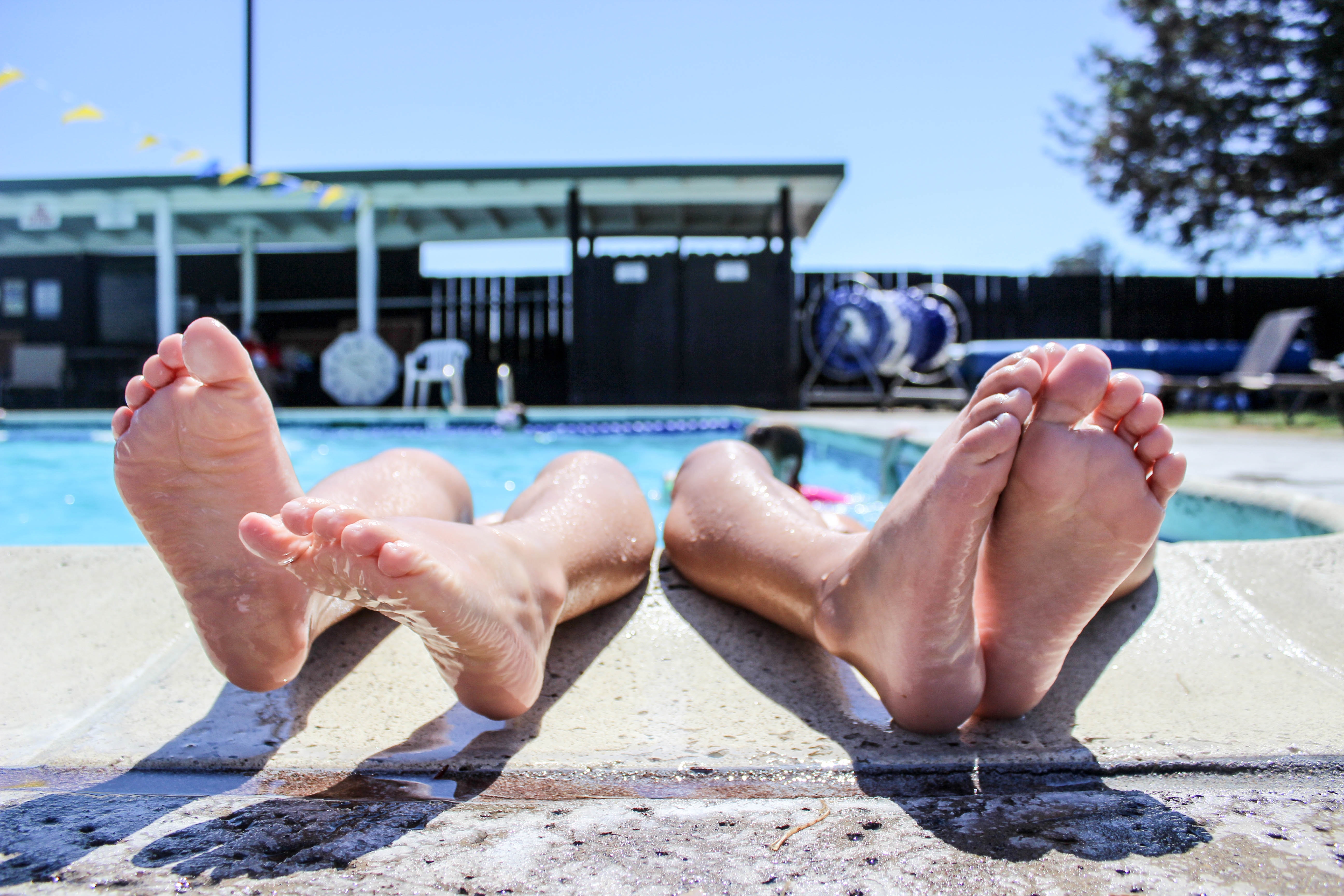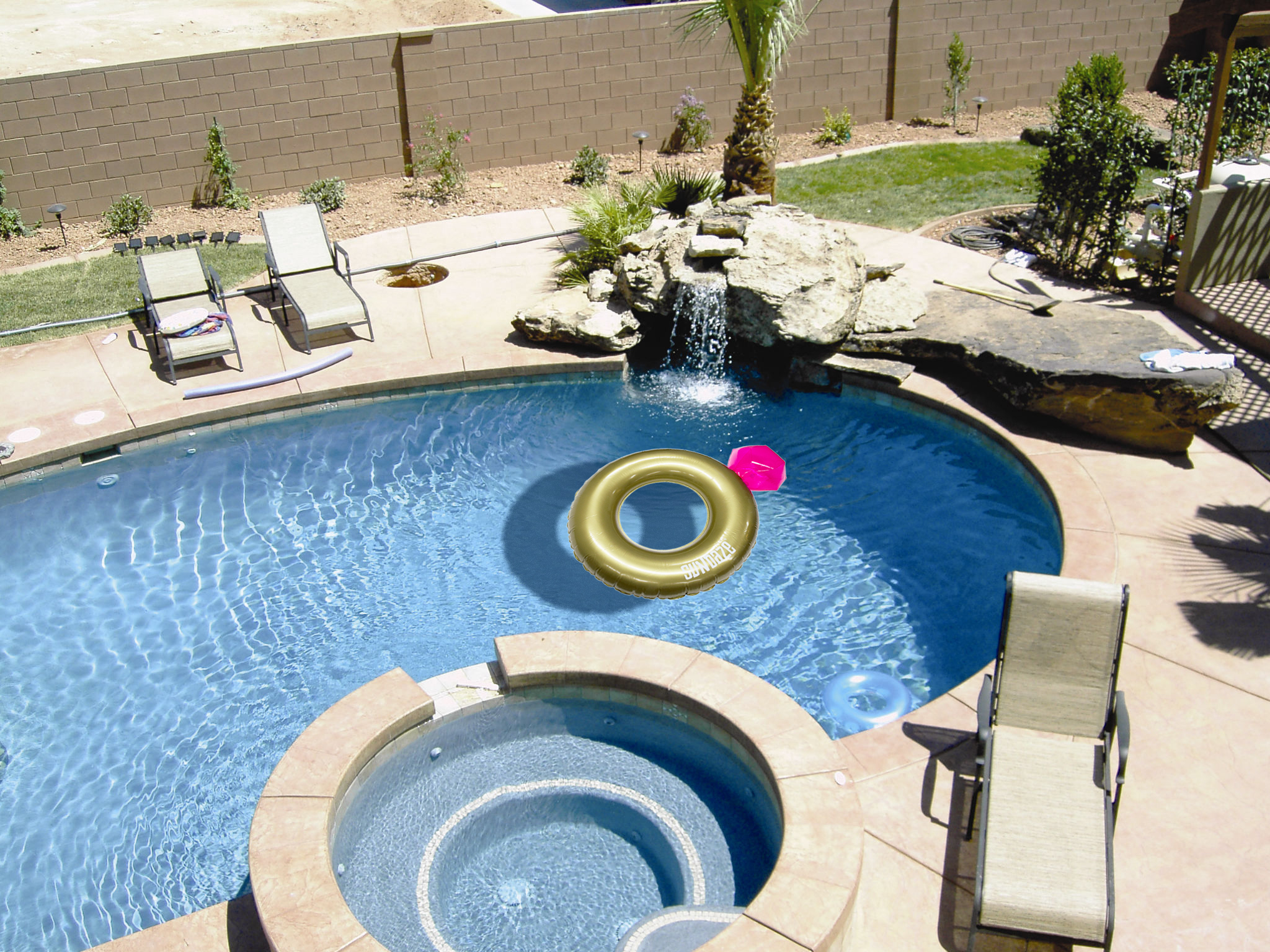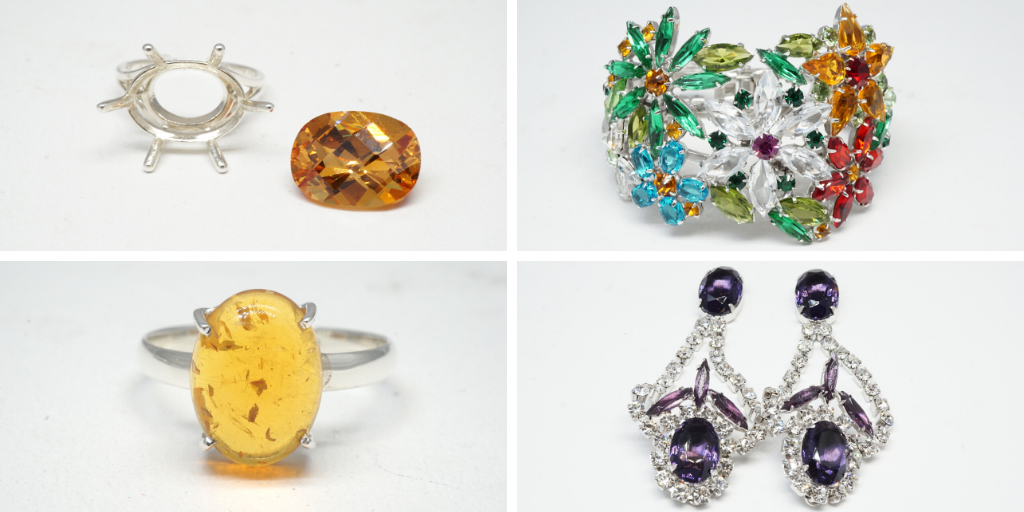Why does my ring finger turn green after I go swimming?
Written by Chiara
June 30, 2018

Wearing a ring is a very personal thing. Rings show the world how you want to be seen, they can be sentimental items that you hold dearly or you just might really like the design. Whatever the reason is, rings are prominent and noticed by people the moment they meet you. This is why it can be a little heartbreaking when you realise that you have a green ring finger. So we’re here to answer “why is this happening” and “what can I do to prevent this from happening?”
Let’s get started.
-
Fake Metals

You may have never got your ring appraised and so despite being told in the shop or by your partner who bought the ring that your ring is pure gold / silver / platinum, the truth may be different… It happens – your partner may have cheaped out (or gotten tricked) and bought a fake! But it’s okay, because if the unthinkable has happened, there is a simple solution that will solve this dilemma; electro microplating the ring. This is when you add generally a micron of gold on top of another metal to give it added protection. The difference between electro microplating and normal plating is that the durability of microplating will last a lifetime. Send it to Quick Jewelry Repairs and we can have your ring gold-electroplated in no time at all leaving you with no more green ring fingers!
2. Chlorine in pools

Sometimes, you’ll find yourself out of the pool, and hours later, with a very green ring finger. Few people know that chlorine can do irreparable damage to white and yellow gold jewelry. The actual damage of chlorine on gold jewels is caused by stress corrosion and will actually turn the gold black. If your gold jewelry is already damaged or has been repaired previously, then the gold is extra vulnerable to any chlorine exposure. This is even more important to be aware of as the carat of gold in your jewelry changes the amount of time that it will take to affect the gold. The higher the carat, the longer it takes to affect the gold.
Chlorine is one of the few common chemicals to react with silver and will produce a very obvious black layer of silver chloride causing the silver to tarnish and discolour.
For platinum rings, there isn’t so much as a worry as the majority of platinum jewelry is 90-95% pure, making it less likely to create a chemical reaction when exposed to chlorine. However, while the metal of the ring won’t be harmed with chlorine, there is still a risk that the jeweler used white gold solder when crafting the jewelry, so chlorine will affect this and cause these parts to blacken as if it were gold not platinum.
Stainless Steel is effected a lot by chlorine, if not the most, as the iron in stainless steel reacts with the chlorine and rather than spreading out evenly as most rust does, some areas will appear to be untouched by the corrosion, while others will be severely attacked.
As we mentioned before, if you’re surprised that your “platinum” or “24K gold” ring is reacting to a swim in the pool, you may have a different metal on your hands (literally)
3. Metal Allergies

Most jewelry is combined with another metal to create an alloy. Even if you think your ring is 100% pure, it’s likely not. Jewelers use these other metals in order to harden jewelry to make it more durable for everyday use. The most common alloy metals that are used with gold jewelry are Nickel, Copper, Silver, Zinc, Palladium, and/or Cobalt. Platinum’s most common alloys used are Iridium, Ruthenium, and/or Cobalt. Silver is generally combined with Copper, Zinc, Tin, Cadmium, Phosphorus, Lithium, and/or Nickel. The most common metal alloy that people are allergic to is Nickel, which is unfortunately combined with almost every metal except Platinum which is why Platinum is considered hypoallergenic. The allergy between your skin and the metal alloy may be the reason you have a green ring finger. However, this is an initial symptom and if you start to see or experience other symptoms, from wearing your ring, please see your doctor.
4. Acidity in the skin

Yes! Your body fluids are turning your ring finger green. Everyone has different oil and acidity levels that can vary with temperature, season, and diet. The acidity on your skin can react with the metal in your ring, with factors like humidity, heat, and sweat affect the acidity level of your skin. These factor will increase your acidity levels and accelerate the reaction between your ring and your finger. This happens because the acids in your skin will cause any copper in the jewelry (remember our alloy talk?) to begin to corrode, creating a green salt compound that becomes absorbed by your skin and causing a green ring finger.
Ways to prevent getting a green ring finger:
- Avoid wearing your jewelry when you sweat, either on hot days or when you’re engaged in activities that cause you to sweat.
- Coat your jewelry with rhodium- which is part of the platinum family and will prevent the reaction (see below for more details)
- Clean your jewelry often
- Use Stainless Steel jewelry as it is un-tarnishable, strong and won’t react with your skin.
About that rhodium coating – technically it’s called electroplating, which is a service some jewelers provide. If you find yourself wanting to electroplate or rhodium plate your jewelry for that extra layer of protection before putting your ring on, just click here or on the links above!


